Posted by Senopsys on May 28, 2022

It is widely recognized that young children cannot swallow traditional tablets, but difficulty in swallowing tablets (dysphagia) is not limited to children. An estimated 40% of adults report difficulty in swallowing tablets, which is increasingly common among older patients. How can the formulation scientist address these important patient needs, and how can “swallowability” even be quantitatively measured?
Read More
Posted by Senopsys on August 29, 2018
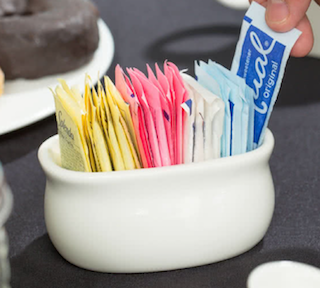
Try this experiment next time you are in a coffee shop: Open a packet of artificial sweetener (pink, yellow, or blue) and pour it directly on your tongue. Yuck! That tasted nothing like a spoonful of sugar – so what happened? Though artificial sweeteners are widely used in pharmaceuticals, formulating with them is far from straightforward.
Read More
Posted by Senopsys on January 9, 2018

If you’re a Disney fan of a certain age, you probably can sing the lyrics to Mary Poppins Spoonful of Sugar Makes the Medicine Go Down. Many APIs are known to be bitter, some extremely so. The addition of flavor – orange, grape, berry, chocolate – cannot reduce bitterness as taste and smell have different perception pathways. Rather bitterness is reduced by blending with the complementary basic tastes – sweet, sour and salty – through the mechanism of taste/taste interaction. When properly blended, the result is a neutral tasting (“white”) base in which the basic tastes are not separately perceived.
Read More
Posted by Senopsys on September 8, 2017
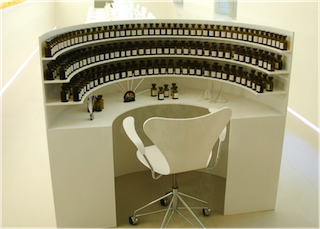
To a sensory scientist “flavor” refers to all tastes, aromas, mouthfeels and textures of a product. To a formulator, a flavor is a commercial ingredient that is a blend of volatile chemicals responsible for imparting the aroma of a product. In this post, we’ll focus on the formulator’s view, describing how these commercial “flavors” are created.
Read More
Posted by Senopsys on January 10, 2017
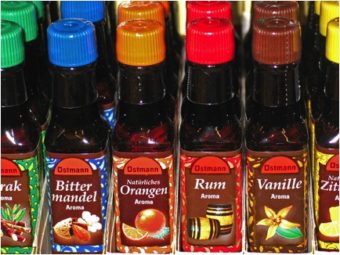
By FDA regulation, flavor excipients are divided into four categories. What are the practical differences between these categories and which are appropriate for pharmaceutical formulations? In our latest post, we hope to answer these questions.
Read More
Posted by Senopsys on September 29, 2016
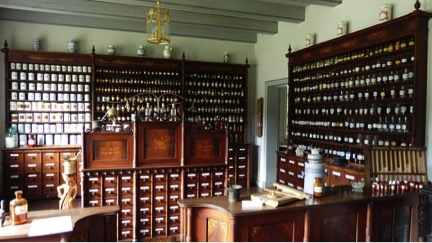
“Flavor”, “Taste”, and “Smell” are not the same. To a sensory scientist, the term “flavor” refers to the combination of taste, aroma, mouthfeel and texture. This definition is important as we debunk one of the great myths of taste masking: that taste and smell are the same. They are not. Taste and smell represent
Read More
Posted by Senopsys on July 20, 2016
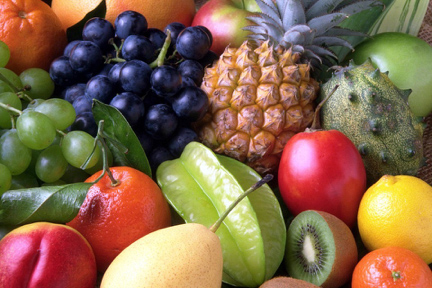
Many Active Pharmaceutical Ingredients (APIs) are bitter, some extremely so. Often a formulator’s first reaction to taste masking is to add a “flavor” to the formulation to mask the bitterness. This approach to taste making is not usually successful because of differences in the physiology of taste and smell. Myth Busted: Taste and Smell are
Read More
Posted by Senopsys on June 15, 2016
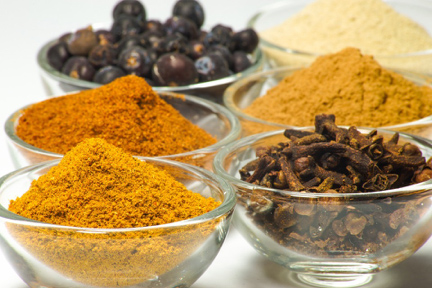
What is Flavor? We can trace the origins of many dosage forms and pharmaceutical technologies back to the food industry – and today we consider it a rich source for approaches, tools and methods that pharmaceutical scientists can adapt to develop palatable drug products. How do we define flavor? This might seem like a simple
Read More









